Back in February, I had the opportunity to tour the operations of JRE Tobacco Company. Run by tobacco industry icon Julio R. Eiroa and his son Justo, JRE Tobacco Company is a true vertical integrated crop to shop operation – ranging in everything from growing tobacco, processing tobacco, cigar production, and handling distribution. In this third installment, we talk through the operations handled at the company’s factory located right on the grounds of Camp Aladino.
Vertical Integration. It’s a term we hear a lot in the cigar industry. When it comes to the premium cigar industry, it refers to the process from seed to store. In the case of JRE Tobacco Company, vertical integration is a fundamental part of the company’s business model as it controls all aspects of the supply chain in the seed to store model. Earlier this year, I toured the operations of JRE Tobacco Company, run by the Eiroa family. In previous installments, we’ve looked at the family’s farm, including its agriculture and curing operations. Today, we look at the production component of JRE Tobacco.
One thing that is quite impressive is the close proximity of the farm (agriculture, curing) and factory. It’s quite a short drive between these two components of the operation, and this helps add to the efficiency. At 79 years young, the distance makes it quite easy for company patriarch Julio R. Eiroa to make his rounds between the factory and farm.
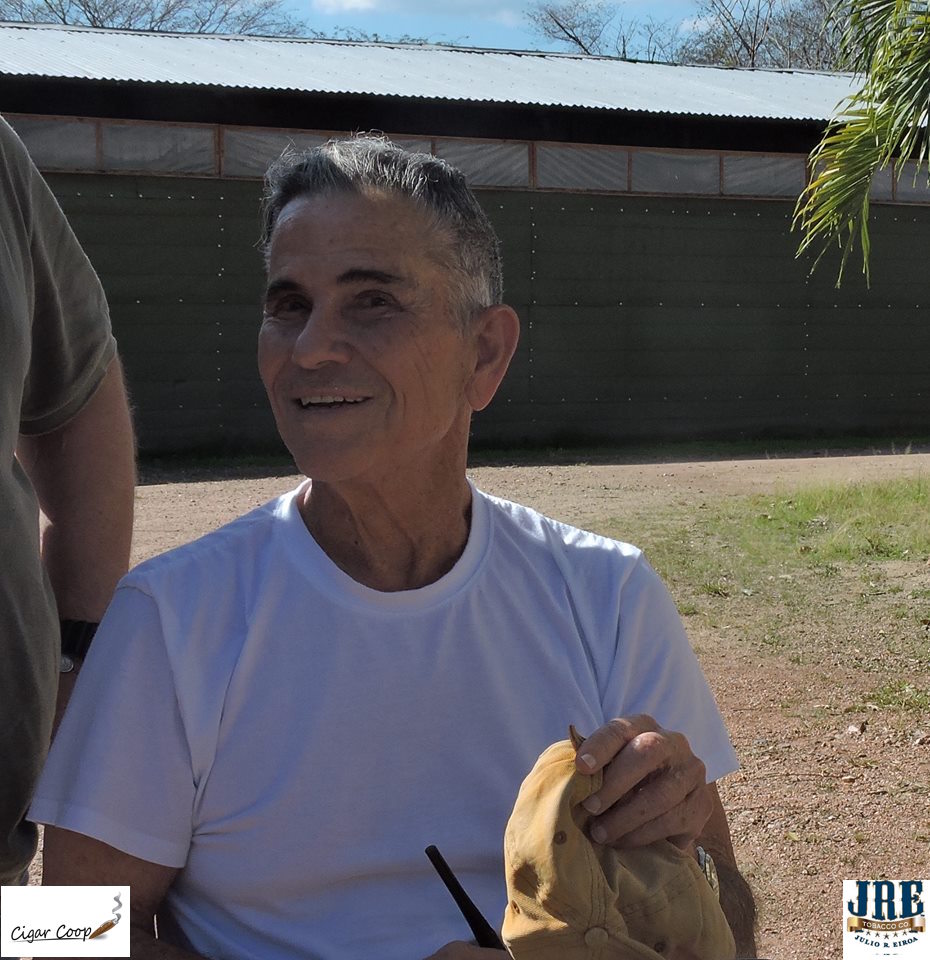
As previously mentioned in this series, an integral part of the Eiroa Operations is the implementation of the Bayer CropScience program. Putting this program in place traces back to the days when the Eiroa Family owned Camacho Cigars. The Eiroa Tobacco farm has implemented CropScience Good Agriculture Practices (GAP) for the farming operations while the factory has implemented CropScience Good Manufacturing Practices for the pre-industry processes and production. By implementing these practices, it allows the Eiroas to promote concepts such as environmental responsibility, consumable crop safety, bio-friendly pesticides, industrial safety, and biosecurity. The program also includes on-site medical care at the factory and the farm. The Eiroas were the first to implement these practices in the tobacco industry and they have used these concepts to gain a strategic advantage in the marketplace.
[themify_box style=”light-green” ]
Bayer CropScience provides a series of best practices for agriculture and manufacturing. Many of these practices involve cleanliness. You see these practices in action the minute you arrive at both the farm and factory. This includes each person entering the farm walking through a disinfectant chamber, spraying down each vehicle entering the farm with disinfectant, and both hand and foot washes. These practices not only promote cleanliness, but also improve the productivity and yield of the Corojo crop and promote safety at the factory.
For more details on the Bayer CropScience Program be sure to see our feature story Bayer CropScience a Daily Best Practice of Eiroa Operation.
[/themify_box]
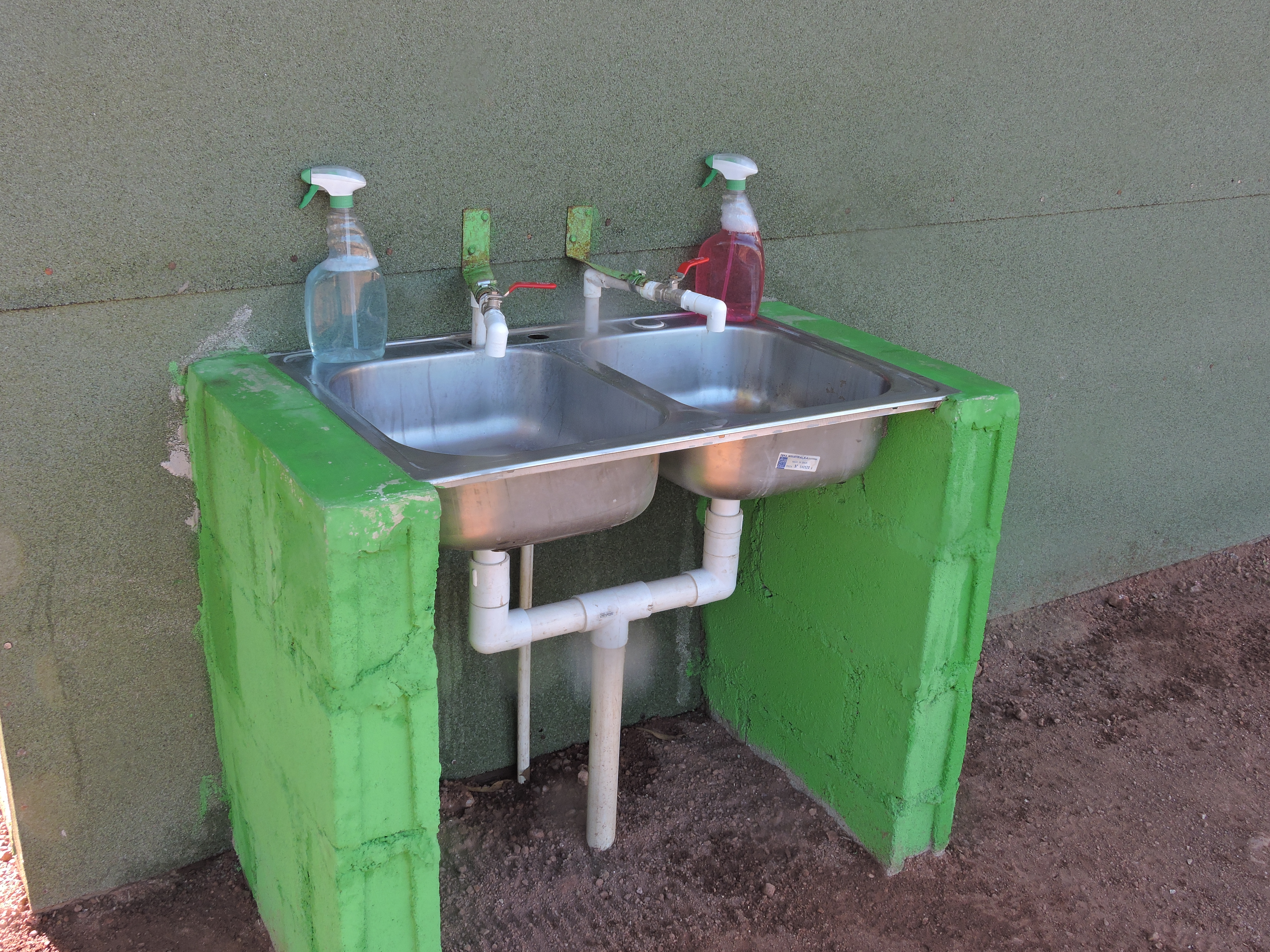
As I walked into the factory one of the first areas I entered was the front office used by Julio Eiroa and some of the staff. It wasn’t a corporate office, but that’s exactly what gave it a lot of charm. The images of the farm, curing barns, factory, and some nostalgic cars reminded me very quickly this was a factory that represented over a half of century in the tobacco business by company patriarch Julio Eiroa. Having a conversation with Mr. Eiroa and his son Justo in this room (which we will cover in Part 4 of this series) brought the history to life.

The Eiroa’s factory operation covers all aspects of cigar production. This starts with the fermentation process, which takes place right at the factory. Fermentation is the process where the impurities and ammonia that are in the tobacco leaves are removed. It’s a natural process where leaves are bunched together and stacked into pilons. As the leaves are put into the pilon, the natural force of the weight of the tobacco generates heat. The fermentation process is a managed process of controlling temperature, humidity, and rotating the tobacco.

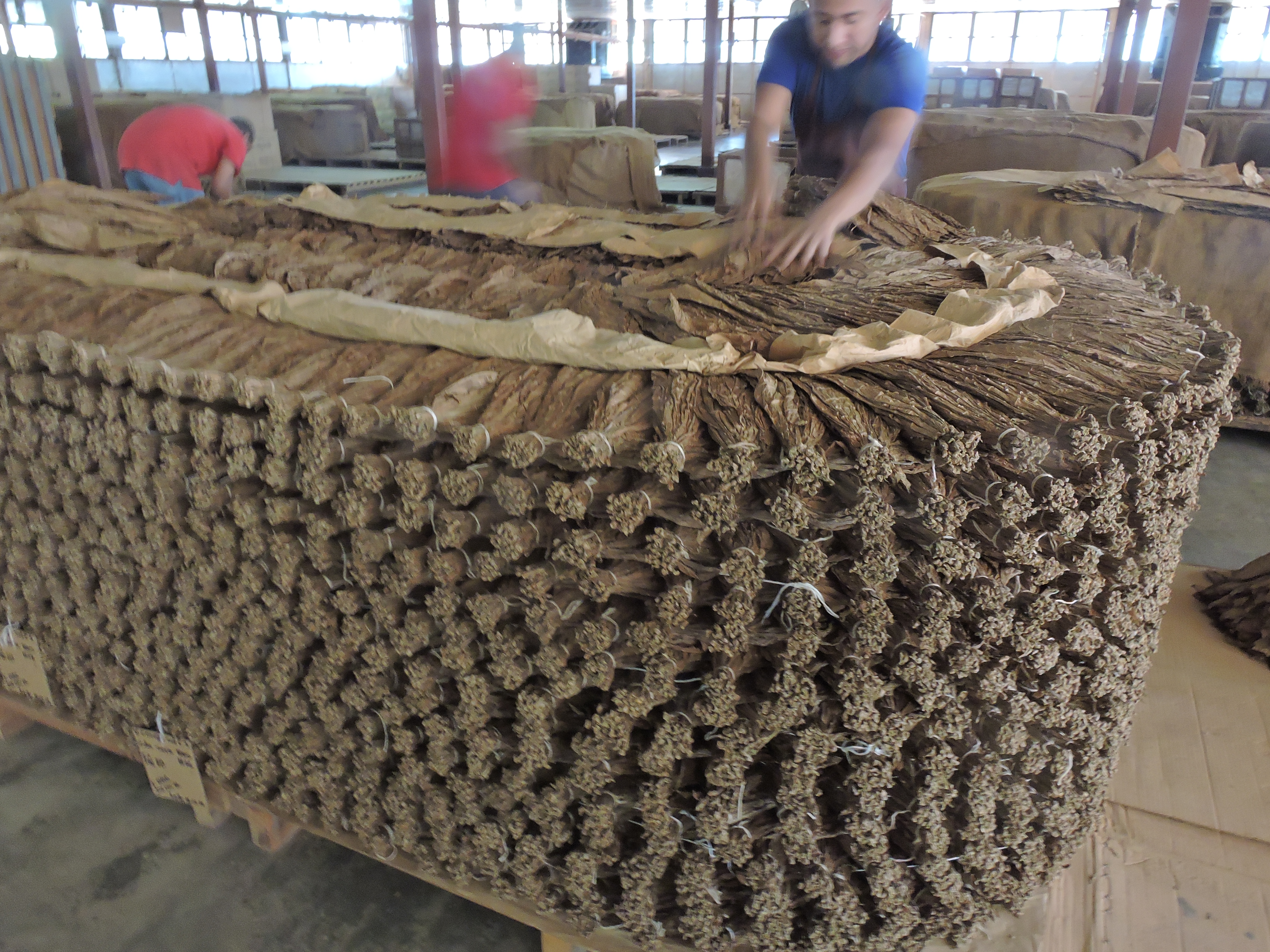
When we talked about the agriculture and curing processes used at the farm by the Eiroas, I noted the attention to detail of tracking the tobacco leaves to the specific priming (place on the plant). This process carried over into the pre-industry process of the pilons used for fermentation.

Once fermentation is complete, the tobacco is packed and compressed into bales where it is stored in a warehouse on the site of the factory.
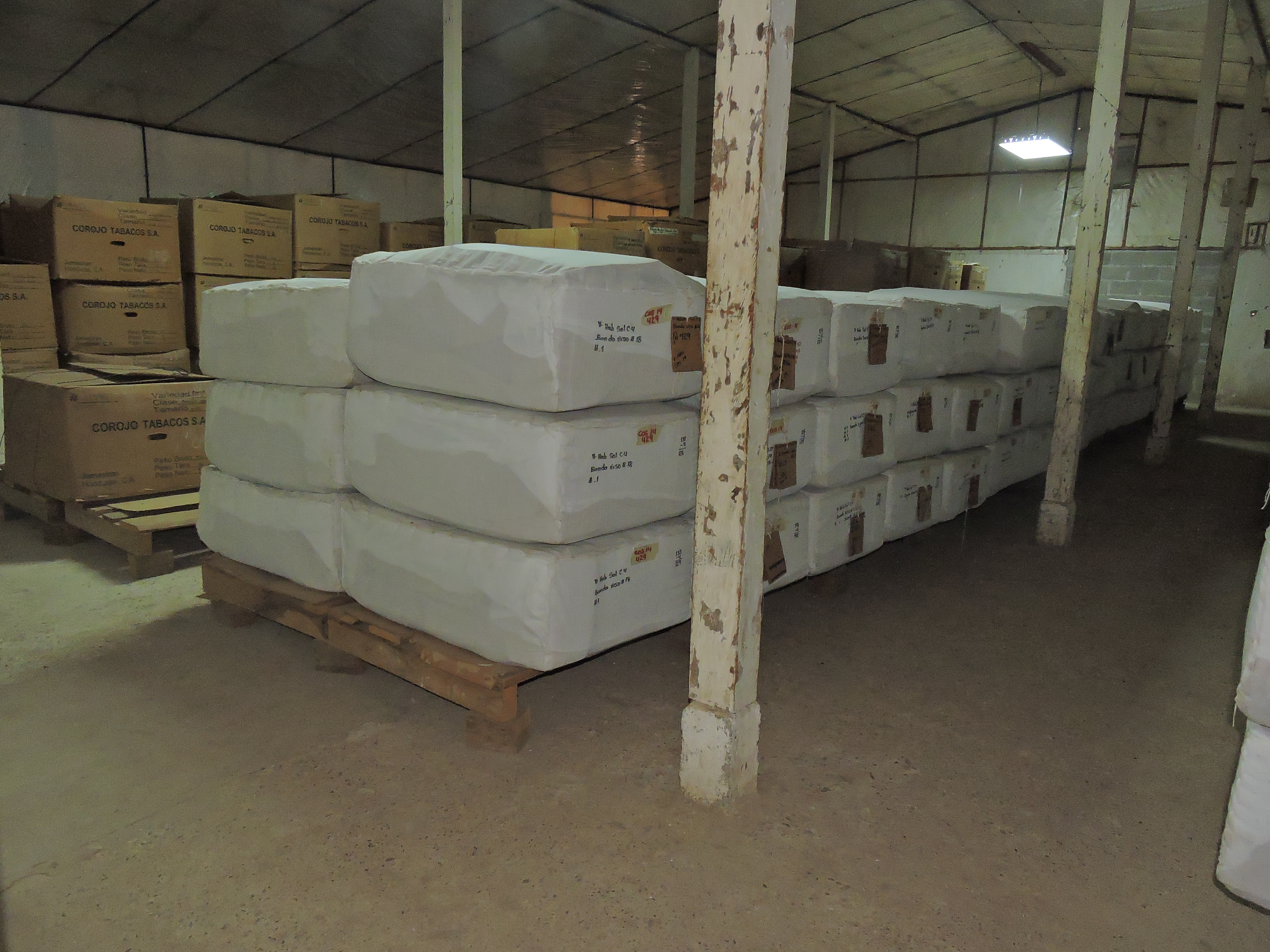

Tobacco can be aged in the warehouse for many years. When it is time to select tobacco in the warehouse to work with, it is remoistened and the stems are removed. Some factories will employ a machine to remove the stem, but at the JRE factory this is a process done by hand. I had a chance to try this process and I can tell you it requires skill to do it properly.
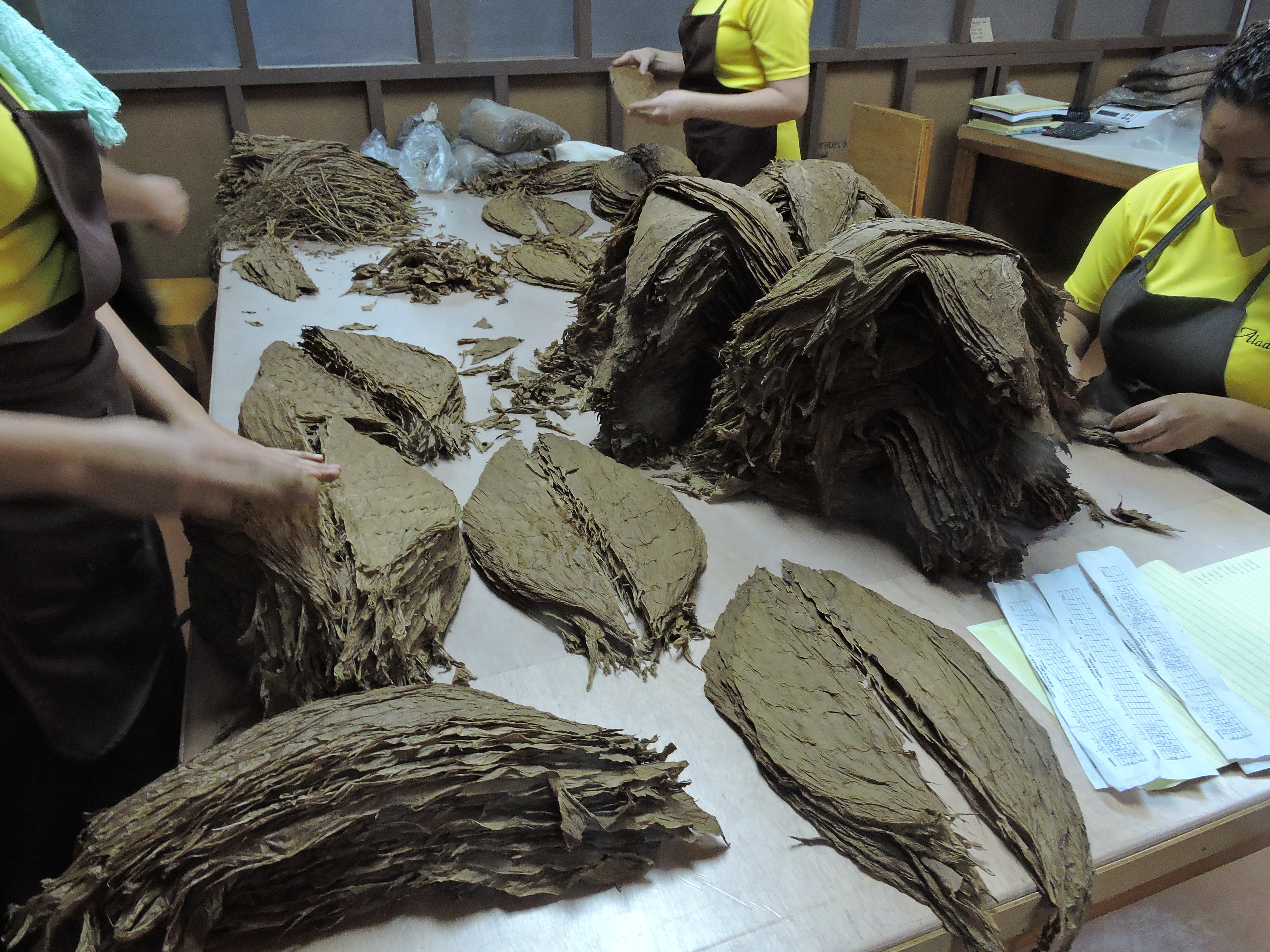
A sorting process is done to evaluate the best leaves. Color, texture, and overall quality are examined and the ones deemed the best are often for the wrapper. Meanwhile, the process of tracking the tobacco down to the priming level continues as when the tobacco is used for a blend, specific primings go into the blend recipe.

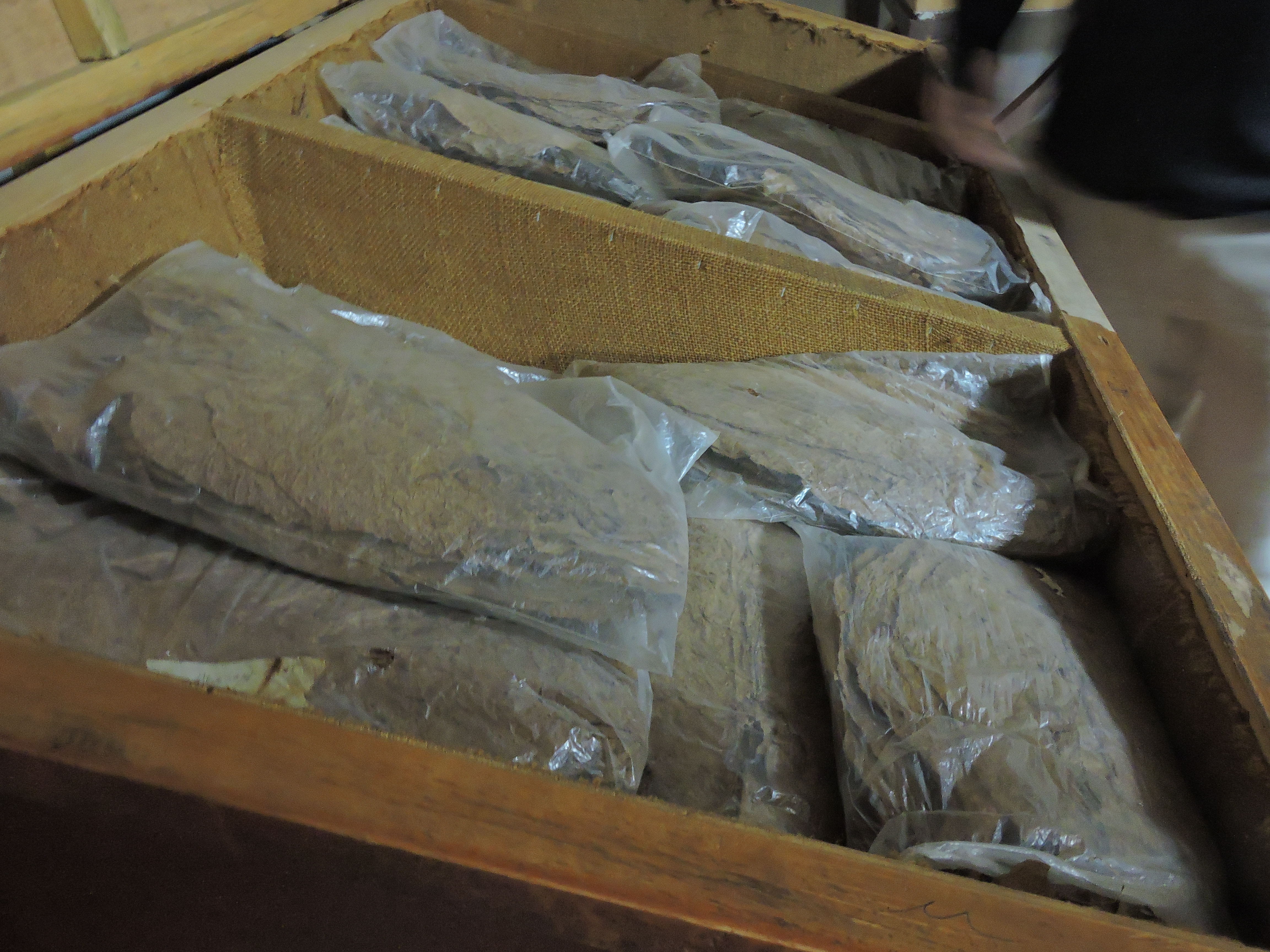
The heart of the factory is “la galera”. This is where the tobaccos that make up a blend are distributed to “pairs” to roll a cigar. A pair consists of two specialized roles: a bunchero and a torcedor. The bunchero will bunch tobaccos that comprise the filler on the tobacco and place the binder on it to hold it together. JRE Tobacco employs the use of a Lieberman Bunching Machine to bunch the tobacco. The term “machine” might imply automation, this is still very much a hand-made activity. The Lieberman just helps in making this process a lot easier. However, it still very much involves a skill to do this. Little things such as leaf positioning are key here. I also tried this process and I can tell you – it definitely requires skill and experience.

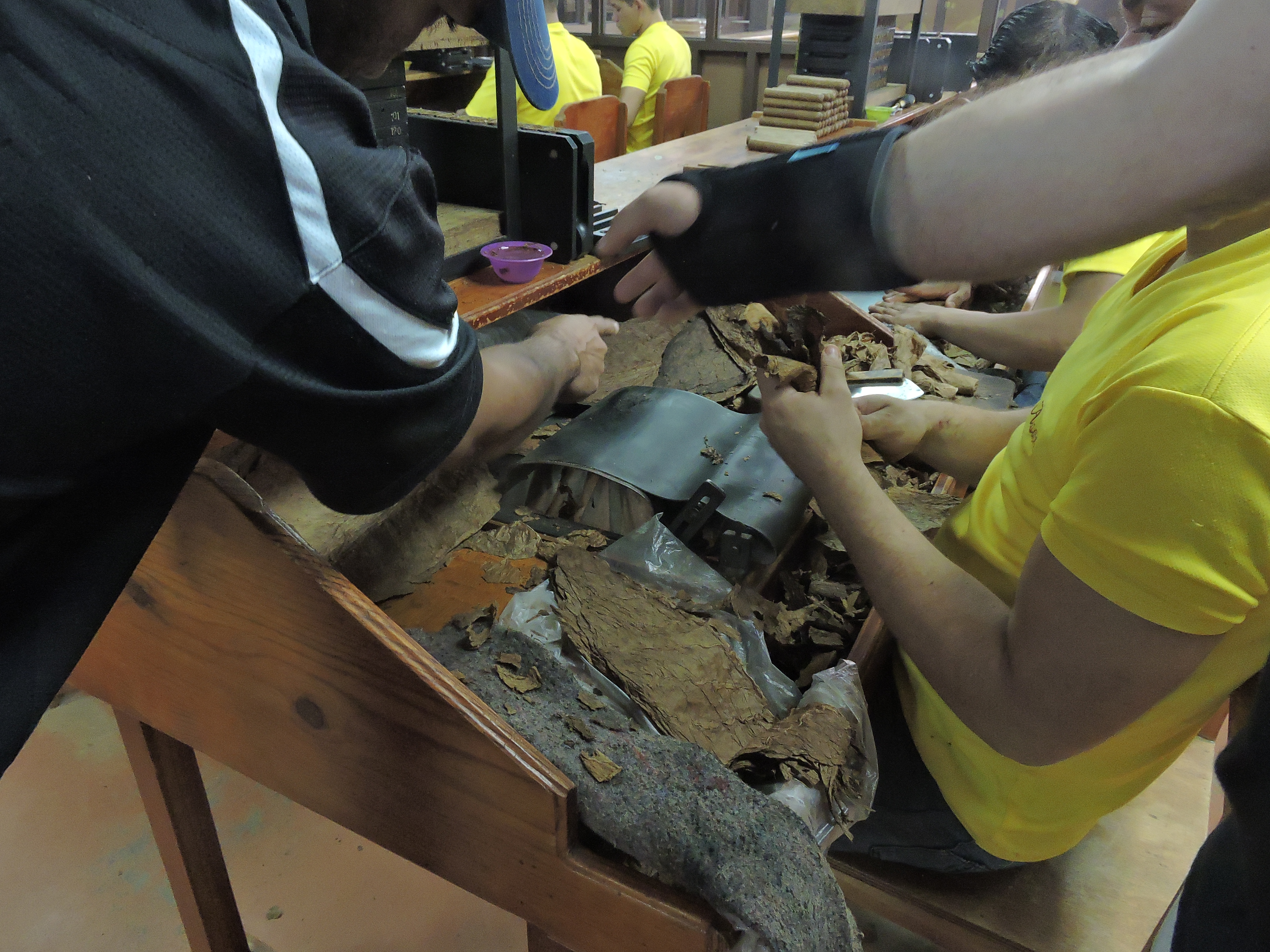
The final step of the bunchero’s job is to place the cigar into a mold and press it. This helps to develop the final shape of the cigar before the torcedor takes over.

The torcedor’s job is to place the wrapper on the cigar. This is also a highly skilled process. Using a chaveta (cutting tool), the torcedor carves the tobacco and then, through a series of precision maneuvers, rolls the wrapper onto the cigar. A part of the torcedor’s job is placing the cap on the cigar – again a highly skilled job.
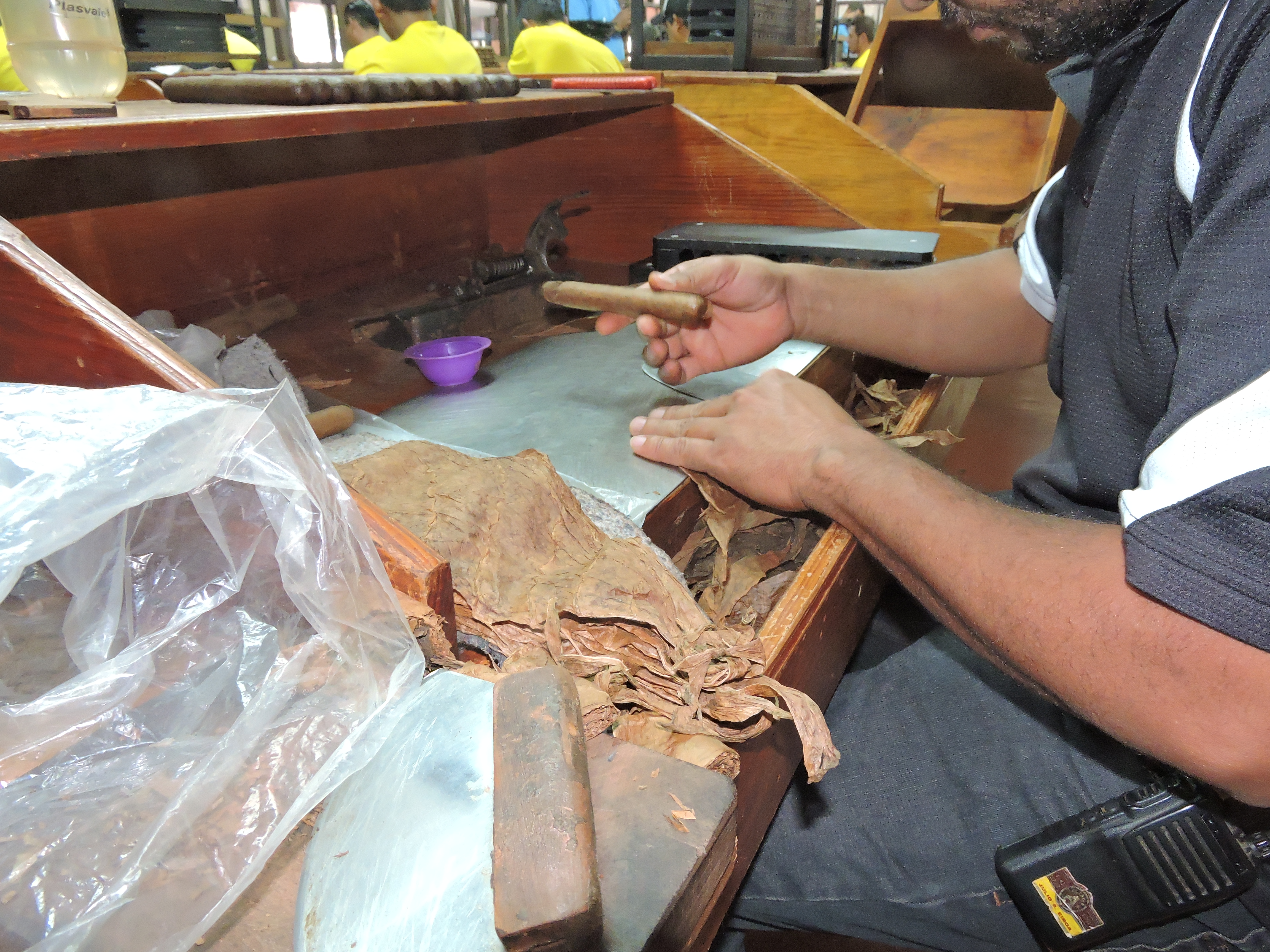
Quality control is an essential part of the production process even after the cigar is rolled. Each rolled cigar then goes through a draw test using a Drawmaster machine.
The quality control process also involves inspecting each cigar for construction and aesthetics.
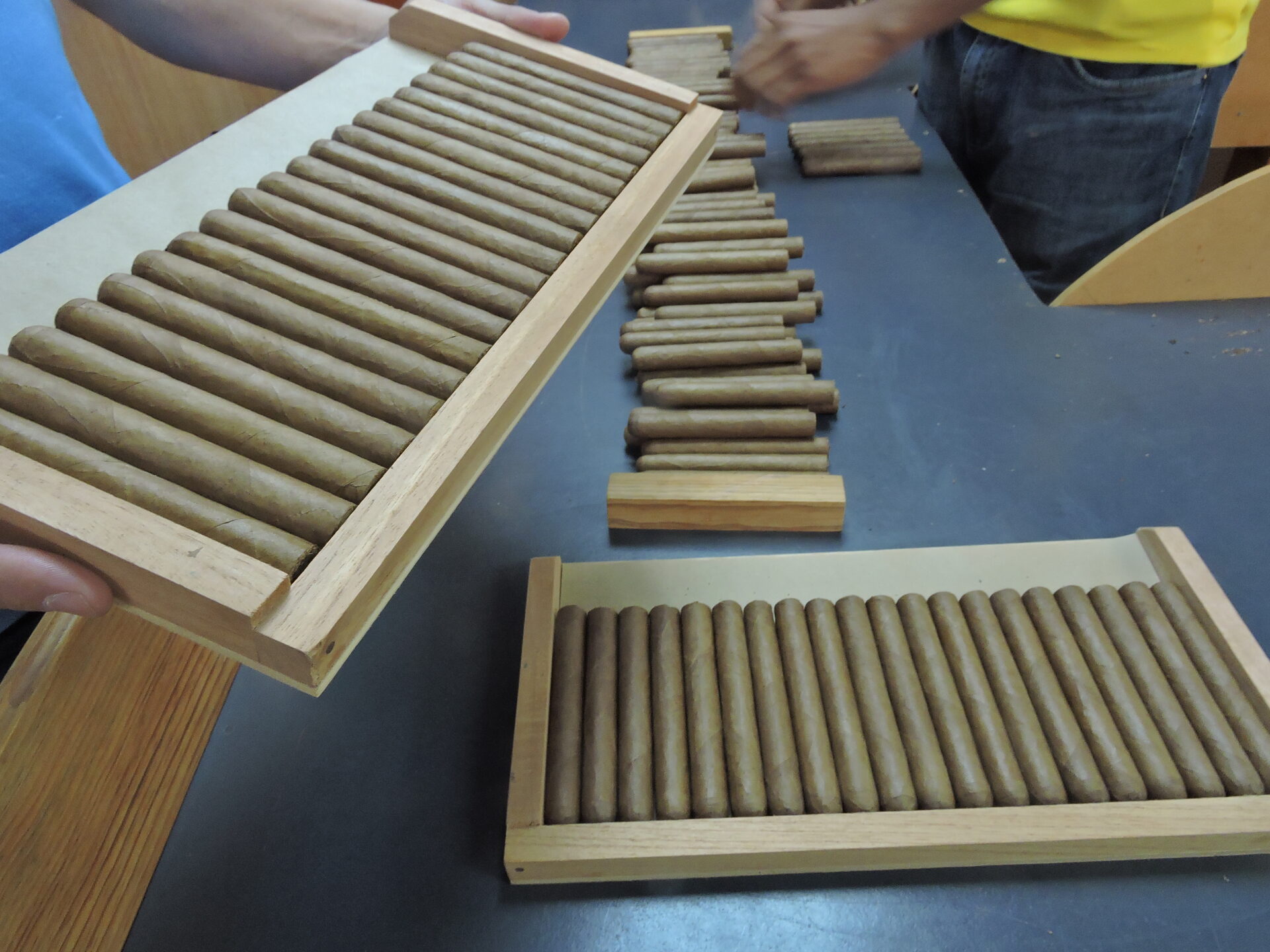
Finally, the cigars are put into bundles sometimes referred to as “wheels” and put into the aging room. During the time in the aging room, the tobaccos in the newly rolled cigars will “marry” (i.e. the flavors synergize) while simultaneously further shedding impurities and ammonia.

The Eiroas also have their very own box factory right on-site. It is worth noting that not all factories handle producing their own boxes, and in some cases, the box factory is separate from the rest of the factory. Activities at the box factory including the actual construction of the box, painting, varnishing, and printing.



This box factory not only handles making boxes for JRE Tobacco Company, but also produces boxes for Christian Eiroa’s CLE Cigar Company.
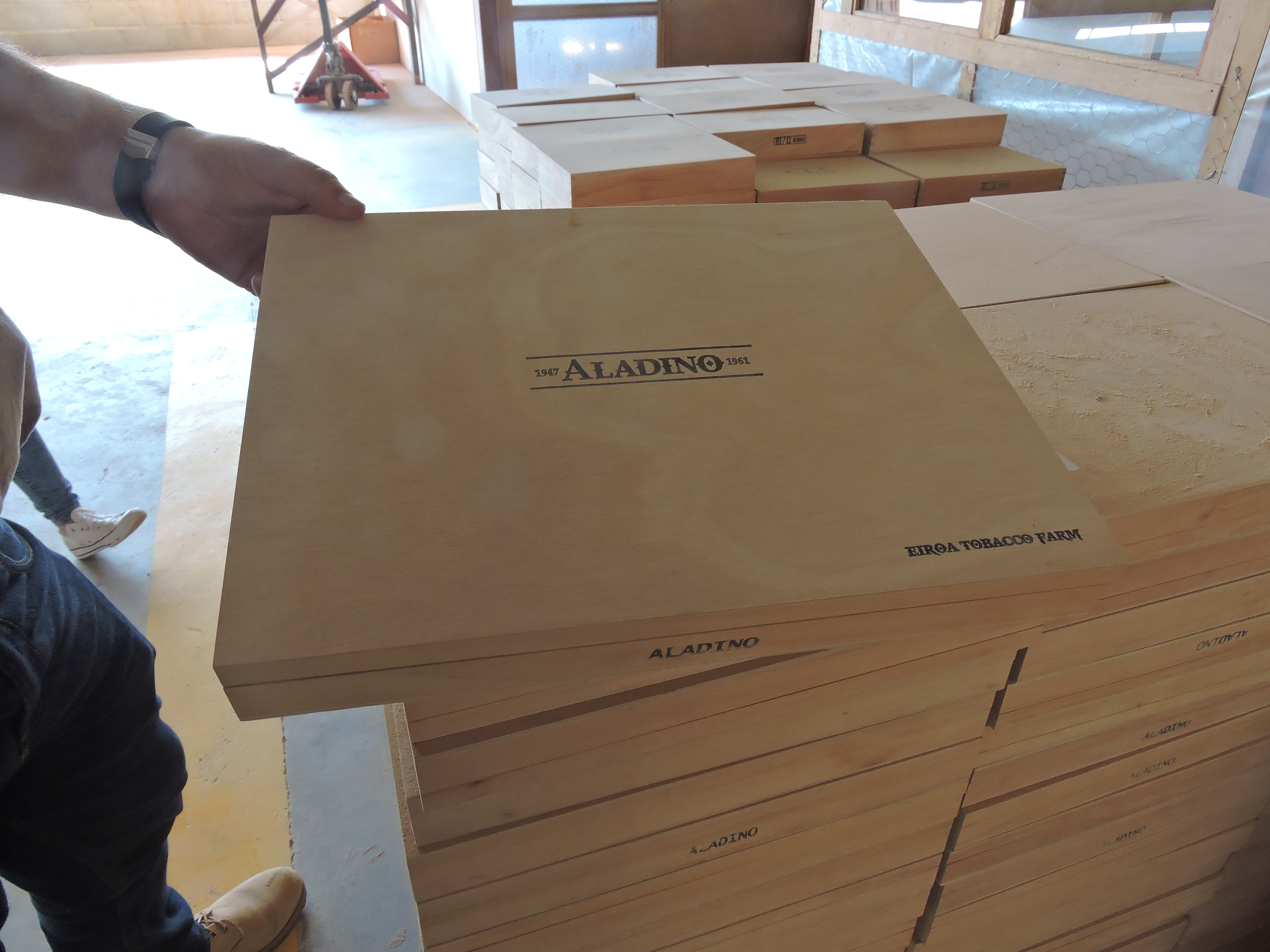

Once the cigars in the aging room are deemed ready, they are removed from the wheels. At this point, the cigars are prepped for packaging and then actually packaged. This process includes putting the bands on, placing cellophane over the cigars (where appropriate), putting UPC labels on the cellophane, placing decals on boxes, and finally packing up the boxes.
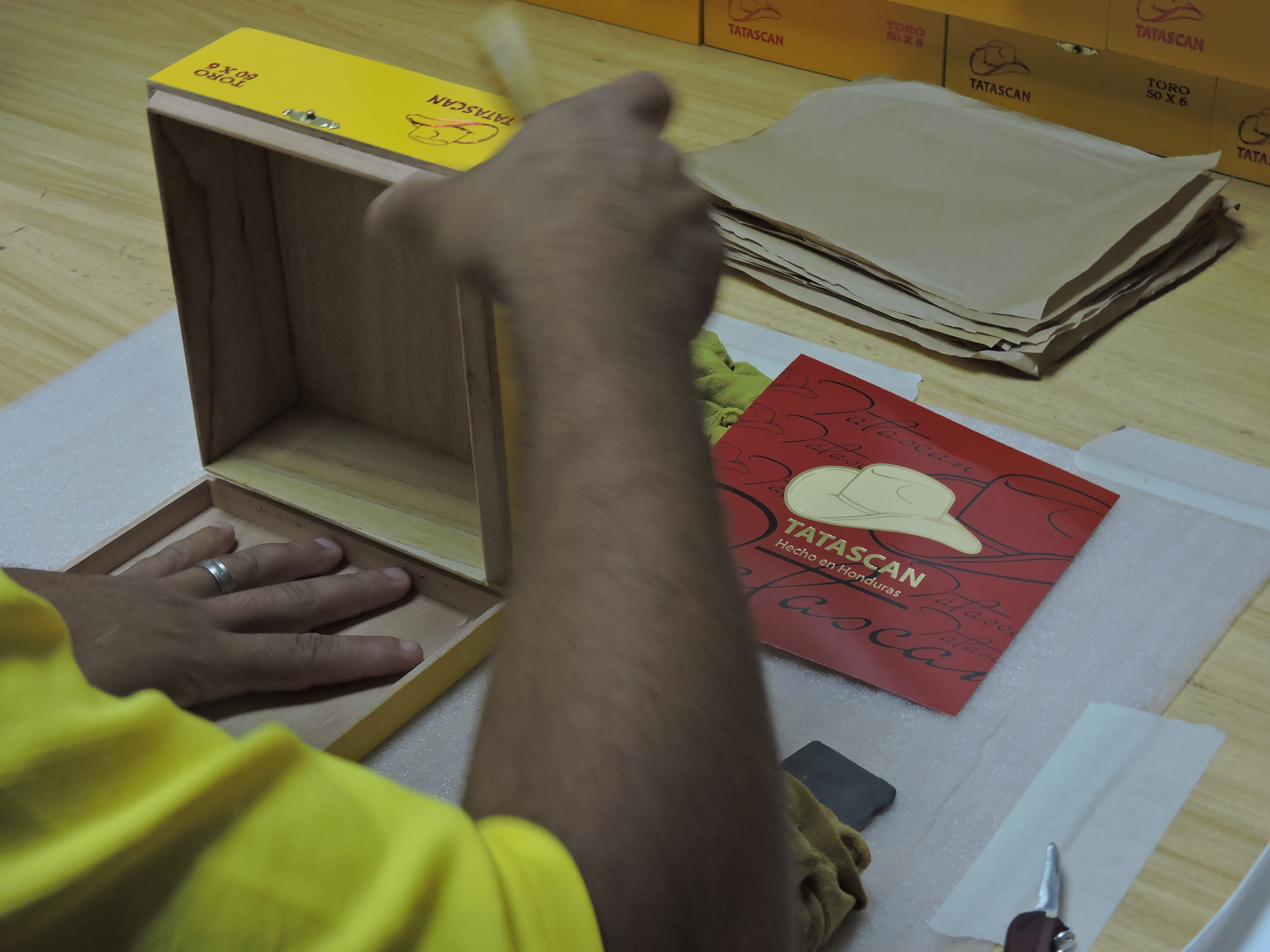
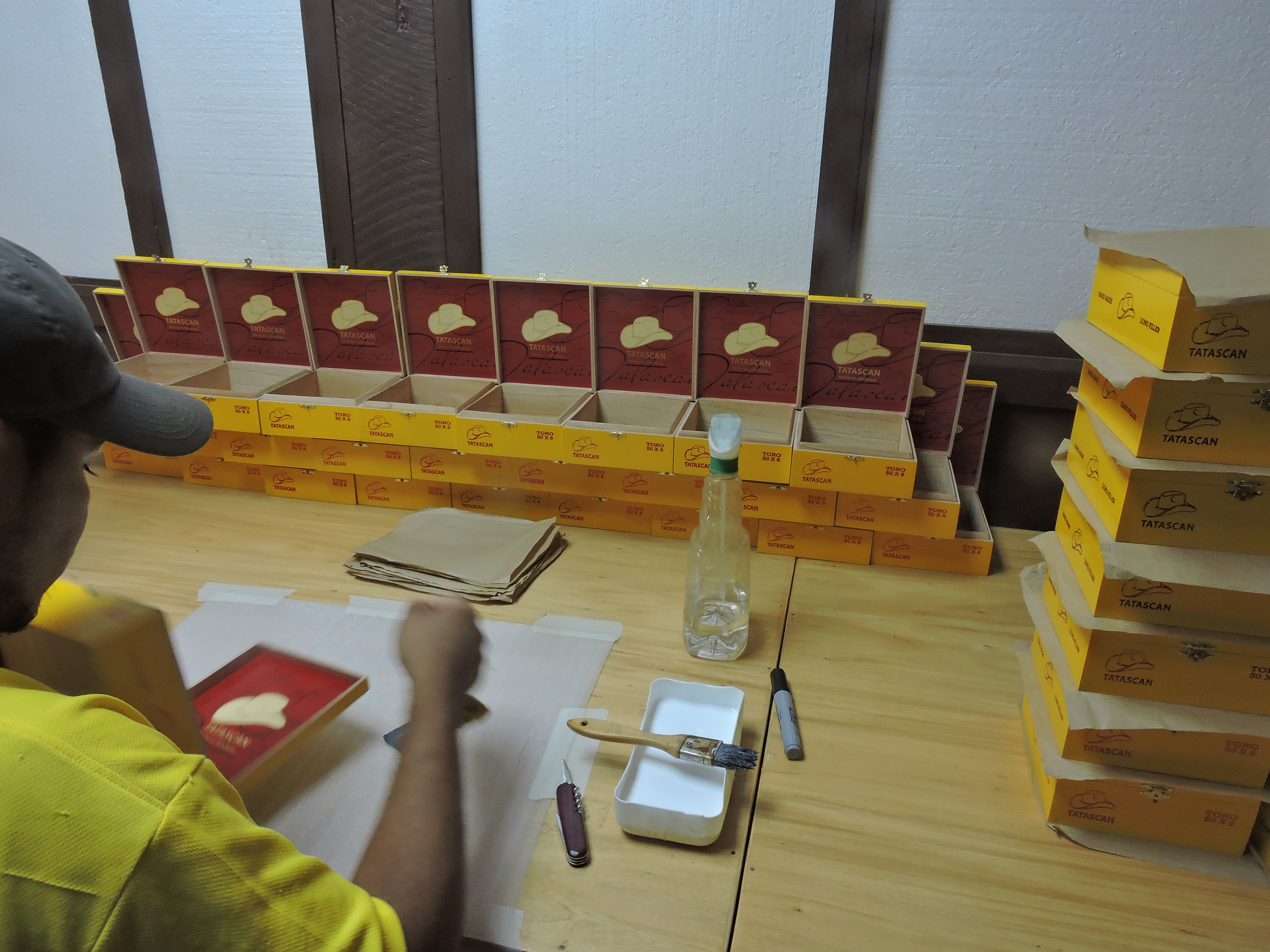
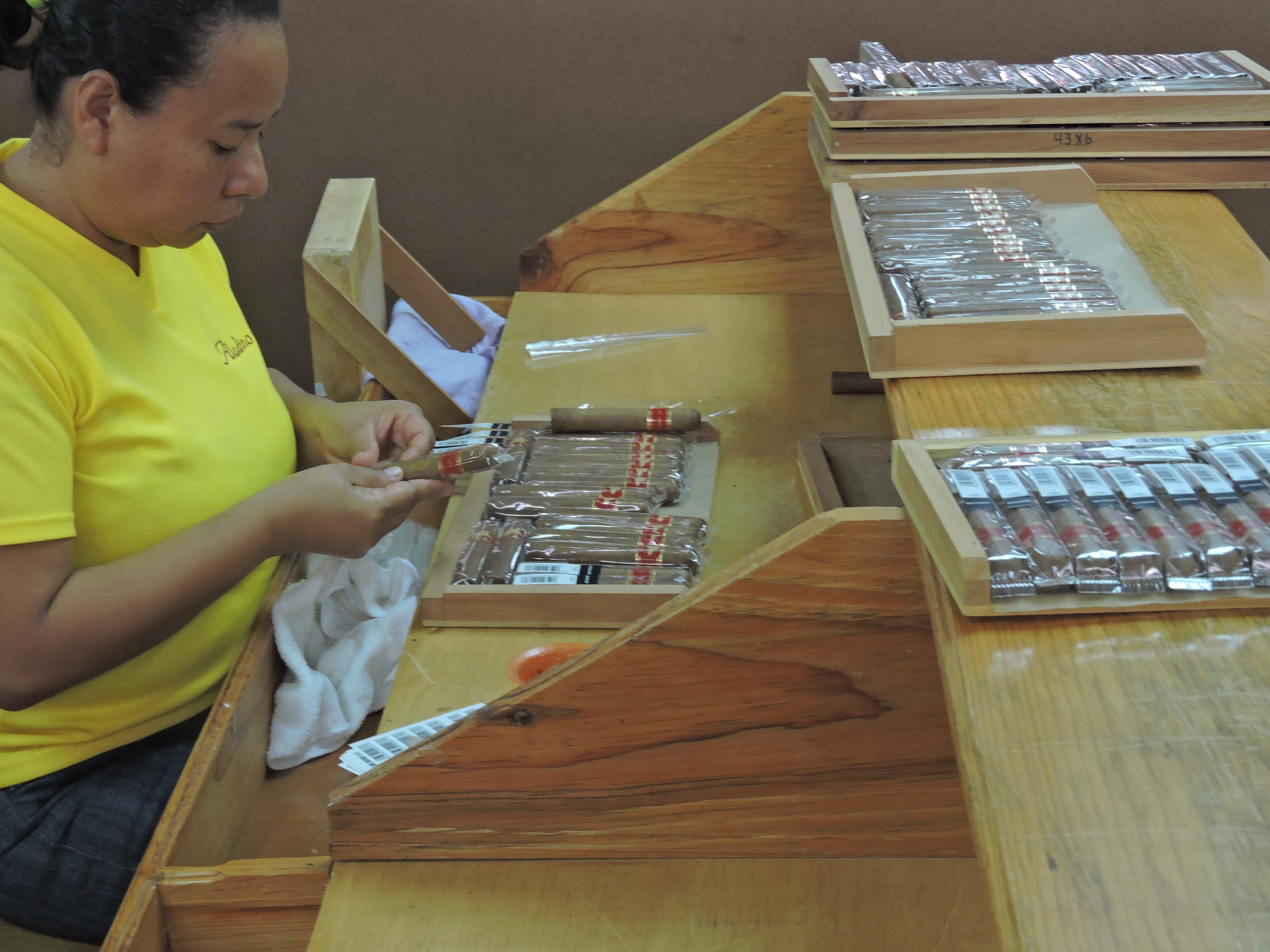
Finally, the cigars are packaged and then stored until it is time to ship.

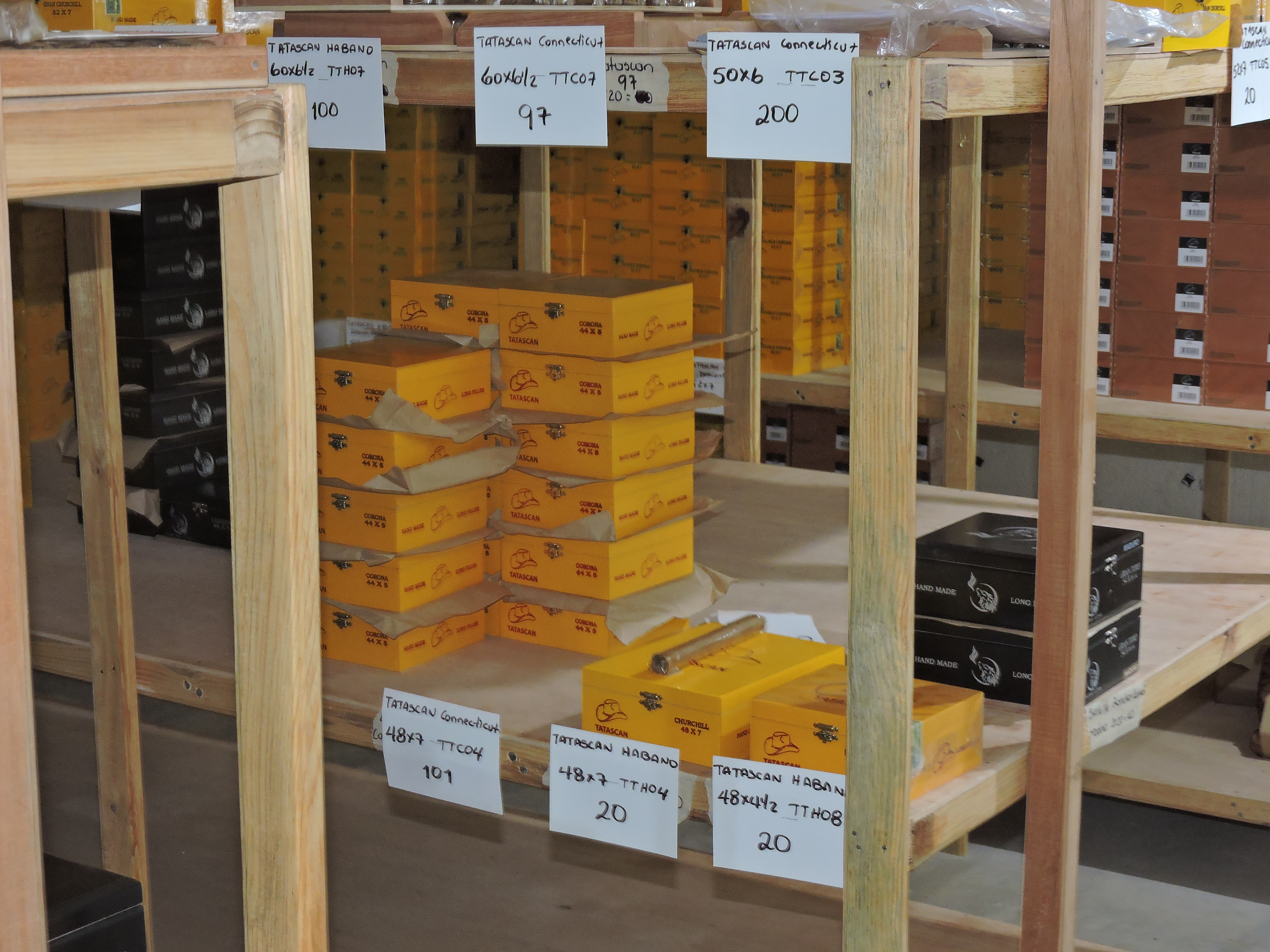
Final Thoughts
When I toured the Eiroa operations, I was amazed at the massive agricultural operation the family has. While it was quite large, it was clear there was still every attention to detail to the growing and curing process. This gave the farm a very intimate feel. The factory was somewhat of a smaller operation, but very much the attention to detail remained. At the same time, this was by no means small for a factory. It’s still one where every aspect of production from the time the tobacco arrives from the curing barn to when the final packed boxes are shipped is very much in play. Combine this with excellent quality control and the implementation of the Bayer CropScience Good Manufacturing Processes, one can see why JRE has been producing cigars at a high level.
With Part 4 of this series (our final installment), I’ll recap the time I spent with the patriarch of the Eiroa family, Julio R. Eiroa.
Part 1: A Visit to the JRE Tobacco Company Operations: Part 1-The Corojo Farm
Part 2: A Visit to the JRE Tobacco Company Operations: Part 2-The Agriculture and Curing Operations
Part 4: Meeting Mr. Eiroa
Also check out our special feature: Bayer CropScience a Daily Best Practice of Eiroa Operations
Photo Credits: Cigar Coop
